I love all kinds of plants, it's true, but if I had to choose, it's no contest: Silver plants have been my biggest obsession for years now. You may be familiar with silver plants for sun, and there are many — indeed, silver foliage is often a sign of sun tolerance — but in recent years, some amazing silver plants have emerged to brighten the shadiest corner of your garden too. Here are a few of each.
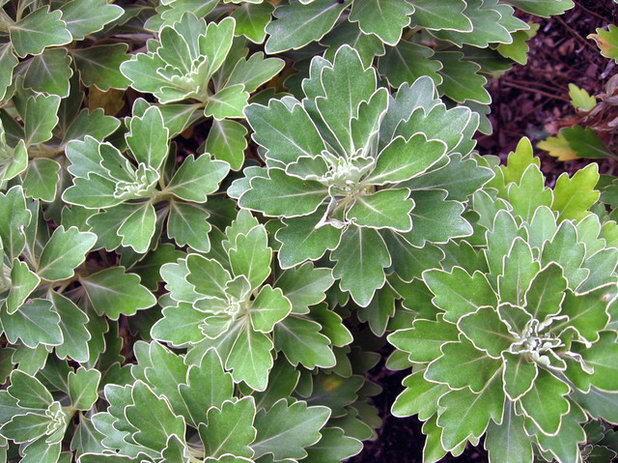
Ajania (
Ajania pacifica, zones 5 to 9) always stops me in my tracks. This isn't my favorite photo of it, but trust me — this one's a stunner for sun. A relative of chrysanthemums (sometimes called pacific chrysanthemum), it makes a tight, mounded clump of the most silver leaves throughout the growing season, 1 to 2 feet tall and 1 to 3 feet wide. It's usually the last to bloom in the garden, sometimes as late as early November even in cold climates. Its flowers are tiny gold buttons. Give it a sunny spot and well-drained soil, especially if your winters are wet.
Photo by Digigalos via Wikimedia Commons
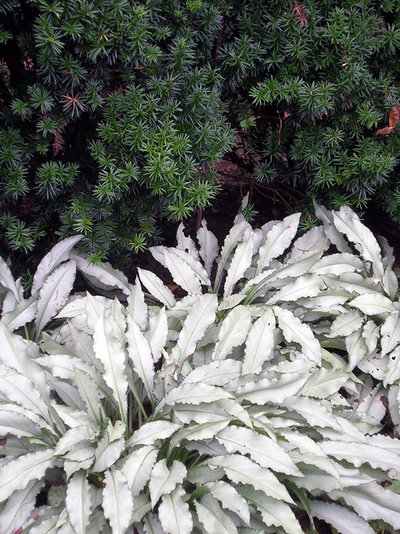
How about a stunner for shade? Look no further than 'Silver Shimmers' lungwort (
Pulmonaria 'Silver Shimmers', zones 4 to 9). The neighbors may think you're decorating your garden with strips of aluminum foil. This plant thrives in woodland conditions, with moist, rich, well-drained soil in shade, and grows 1 to 2 feet tall and wide. Give it a site with good air circulation, as some
Pulmonaria are prone to mildew, though I've never seen it on this variety. It blooms blue in spring.
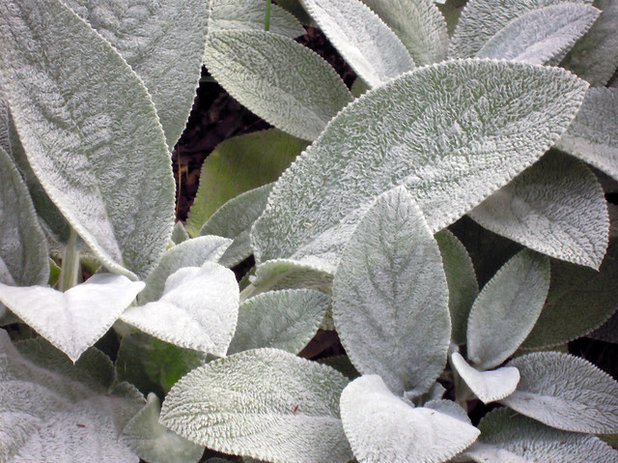
Back in the sun, here's one of my all-time favorites: 'Helene von Stein' lamb's ear (
Stachys byzantina 'Helene von Stein', zones 4 to 9). I can't say enough good things about 'Helene.' From a couple of gallon pots, I've divided this plant enough to produce an army in my garden after only a few years. 'Helene' is a drought-resistant beauty, 6 inches tall and 1 to 2 feet wide, good for average, well-drained soil and sun. (It can take some shade too.) 'Helene' has many names; you might find her sold as 'Big Ears' or 'Helen von Stein Zeppelin'. Most lamb's ears don't thrive in humid climates, but if you want to try one, 'Helene' is your best bet.
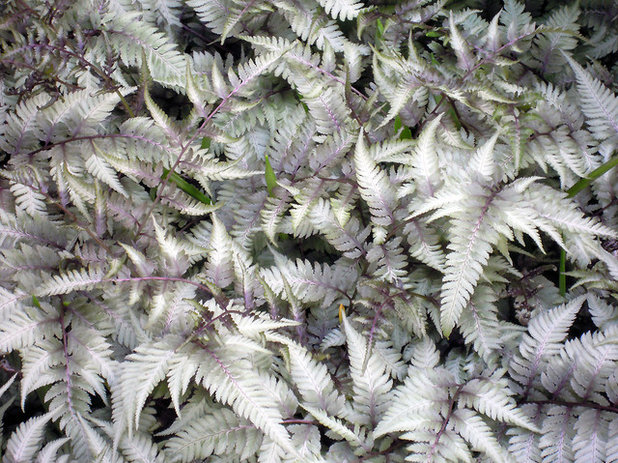
Back in a shadier spot, you may recognize what's become a new garden classic, Japanese painted fern (
Athyrium niponicum var.
pictum, zones 3 to 8). Though this fern is dazzling in silver, it emerges in spring a vivid deep purple — a bonus by any standard. Painted fern prefers average to moist, well-drained woodland soil, but it will take moderately dry shade just fine or a bit of sun if the soil is damp. This one grows 1 to 2 feet tall and wide, and it's a winner in almost any garden.
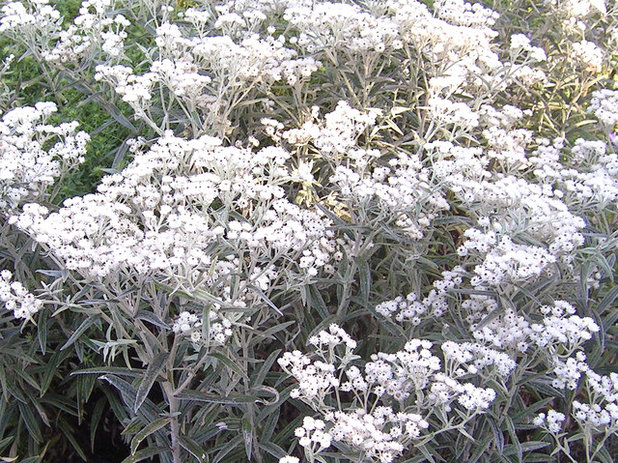
For a less common silver in sun, try pearly everlasting (
Anaphalis margaritacea, zones 3 to 8). A native of much of North America, it thrives in dry sites with poor soil and blooms in a vision of white above silver leaves in late summer to fall. Plants grow to 3 feet tall and 2 feet wide, and spread a bit if they're happy. True to the name, its flowers are excellent for drying.
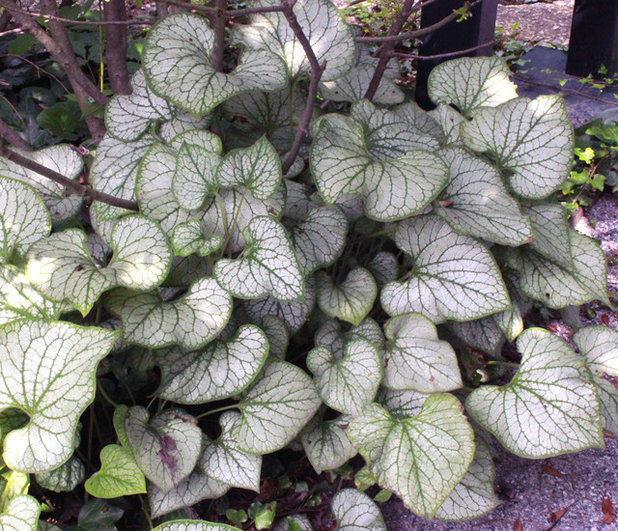
A relative newcomer to the shade gardening scene compared to painted fern, 'Jack Frost' brunnera (
Brunnera macrophylla 'Jack Frost', zones 3 to 8) is destined to become a classic in its own right. Big-leaved brunnera grows into a proper clump, 1½ feet high and wide, and is a gem for all kinds of shady sites, dry shade included. It blends seamlessly with the usual hostas and ferns for shade but brings something more sophisticated to the table. Brunnera blooms with blue, forget-me-not-like flowers in spring.





